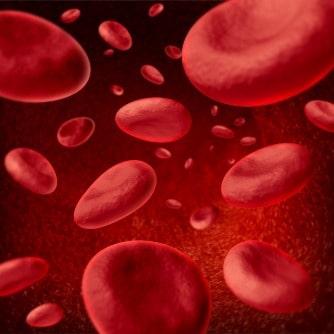Blood transfusions play a critical role in current clinical practice, with over 90m red blood cell transfusions taking place each year worldwide. Transfusions are currently made possible by blood donation programs, but supplies are insufficient in many countries globally. Blood donations also bring a range of challenges with them, including the risk of transmitting infections, the potential for incompatibility with the recipient’s immune system and the possibility of iron overload. The use of cultured red blood cells in transfusions could avoid these risks and provide fresh, younger cells that may have a clinical advantage by surviving longer and performing better. Red blood cells cultured in a laboratory will be trailed in human volunteers for the first time by 2016, as part of a long-term research program funded by the Wellcome Trust (United Kingdom). A consortium that includes the University of Glasgow, the University of Edinburgh, Loughborough University, NHS Blood and Transplant, the Irish Blood Transfusion Service, Roslin Cells Ltd and the Cell Therapy Catapult, in collaboration with Bristol University and the University of Cambridge, and led by the Scottish National Blood Transfusion Service (SNBTS), follows on from previous research that proved that red blood cells could be generated from stem cells. Principal investigator Professor Marc Turner, commented that: “Producing a cellular therapy which is of the scale, quality and safety required for human clinical trials is a very significant challenge, but if we can achieve success with this first-in-man clinical study it will be an important step forward to enable populations all over the world to benefit from blood transfusions. These developments will also provide information of value to other researchers working on the development of cellular therapies.”
Mass-Produced Blood Cells Available by 2016
Ivanovs A, Rybtsov S, Anderson RA, Turner ML, Medvinsky A. “Identification of the niche and phenotype of the first human hematopoietic stem cells.” Stem Cell Reports. 2014 Mar 27;2(4):449-56.
RELATED ARTICLES




